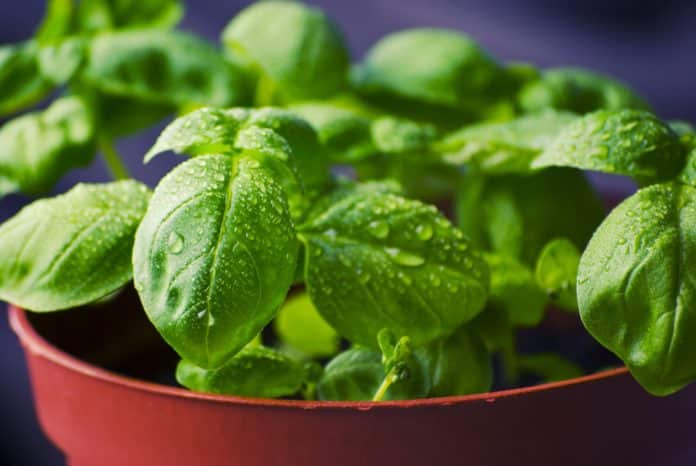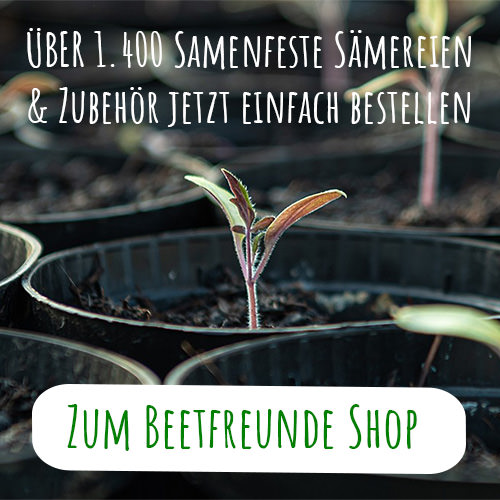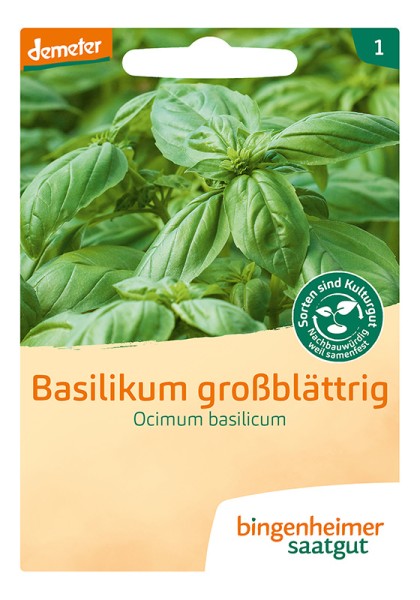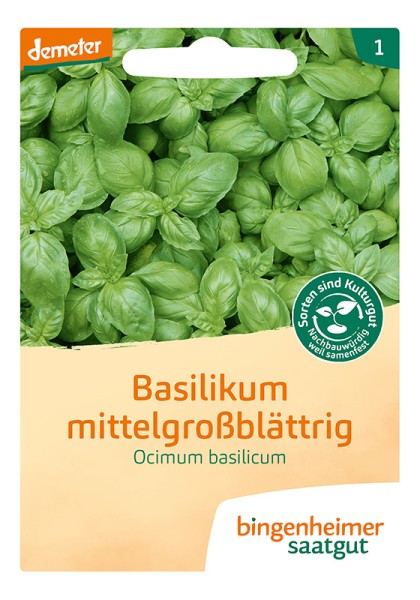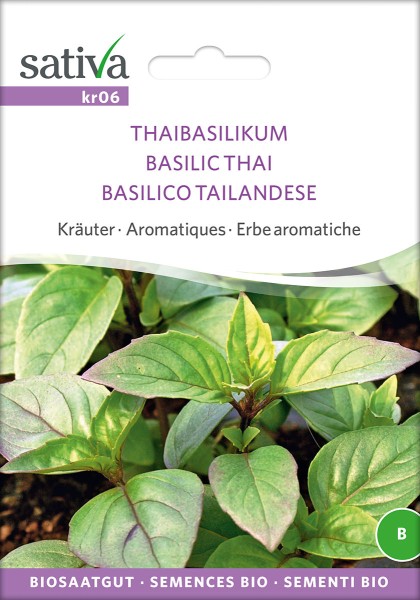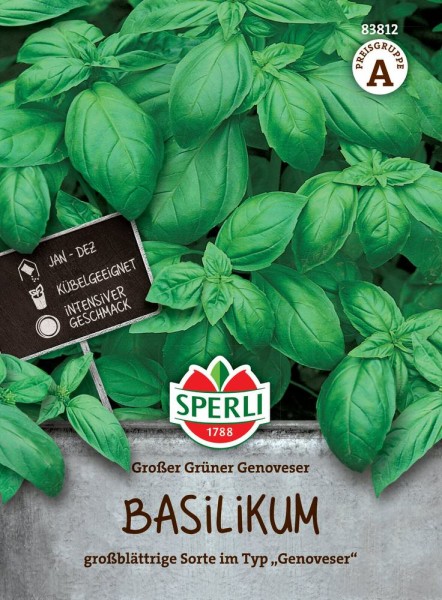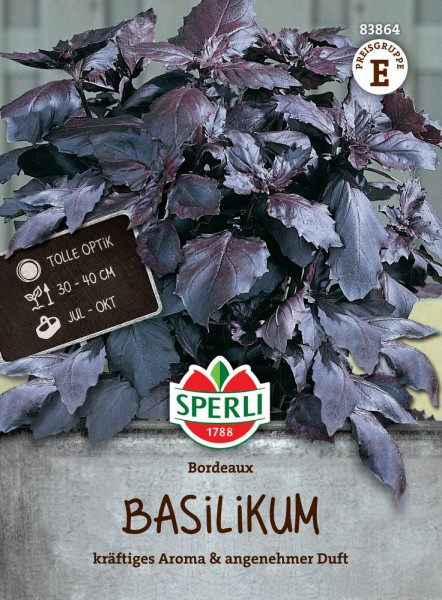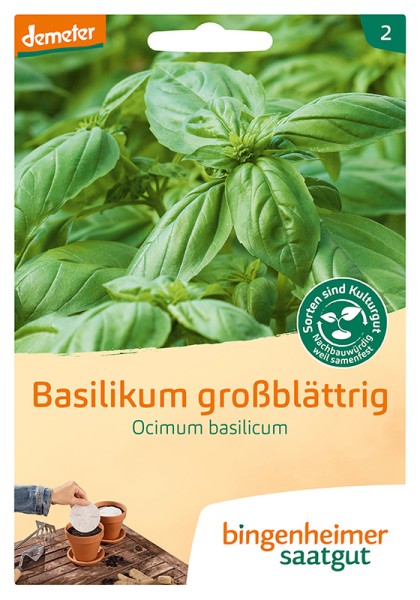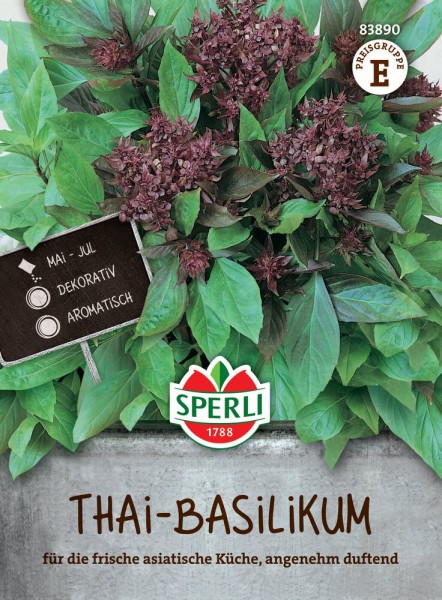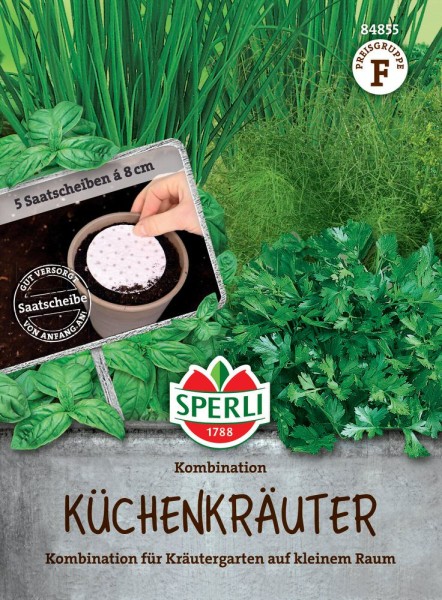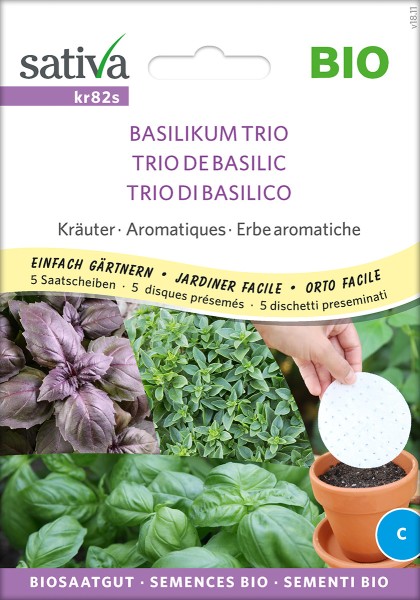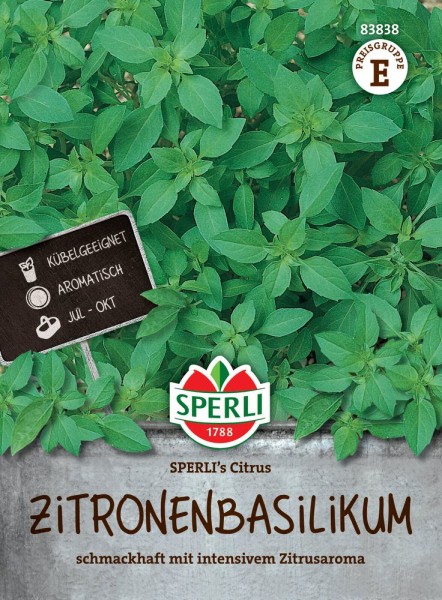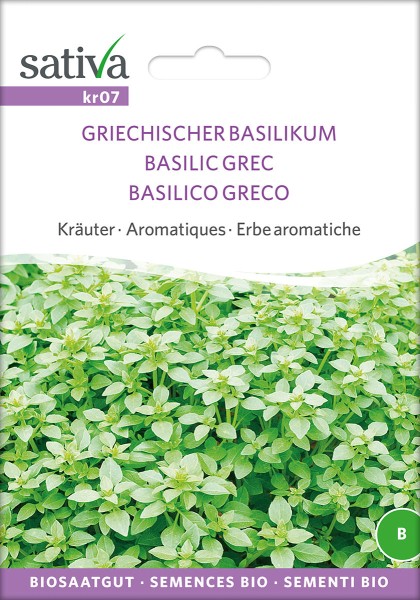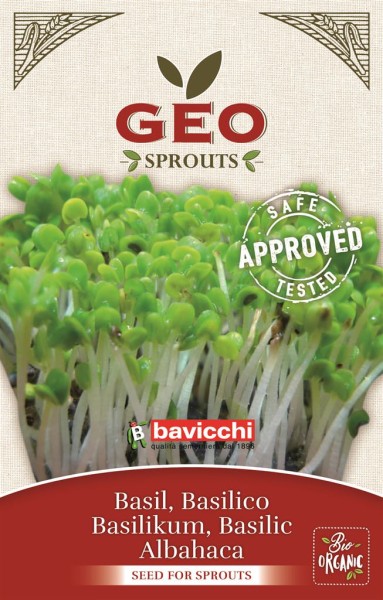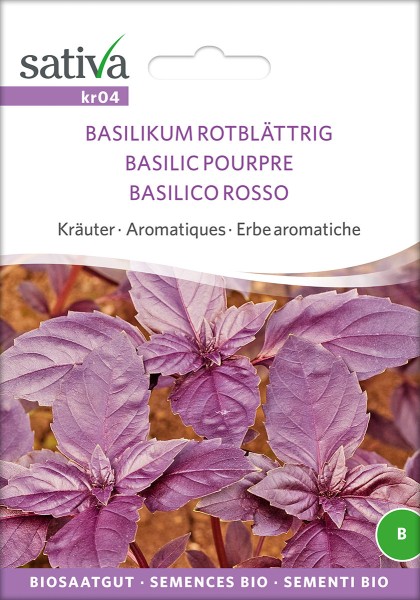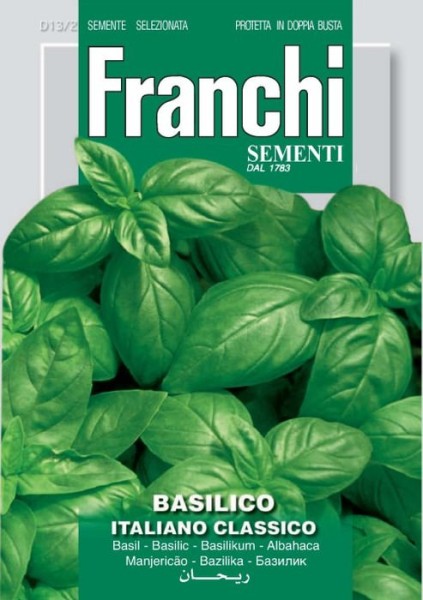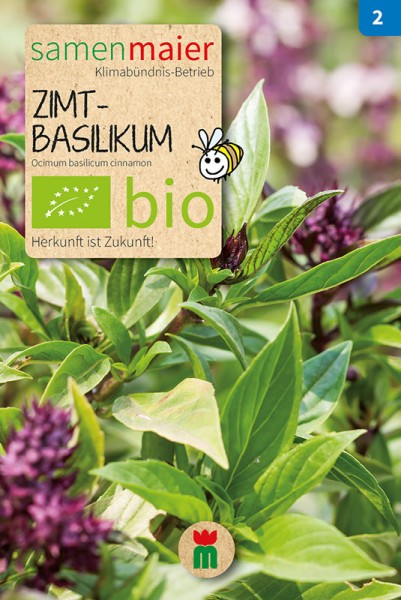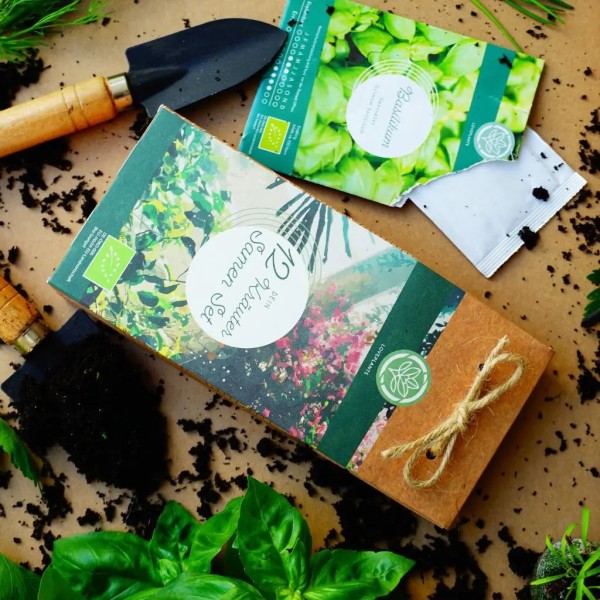What would Italian cuisine be without basil? Just like in Greece, especially in Italy, the annual herb of the Labiatae family (Lamiaceae) belongs in every herb garden – be it on the bed or on the windowsill.
Basil was used thousands of years ago in India, and basil remains have been found in Egypt in the pyramids. The sun-loving basil probably came to Germany in the 12th century AD. The name basil (or Ocimum Basilicum, as it is botanically correct) comes from the Greek basilikos, which means “royal” and describes the kingly scent and the former use of the plant.
The basil varieties
The most popular variety is probably Genovese, the classic green basil as it is known from Italy. You can easily sow it yourself. There are many other red or aromatic varieties that smell of lemon, cinnamon or anise. Here there is often more offer with good perennials than with loose seeds, which is why we also like to buy ready-made plants to have several varieties in our herb bed.
The Greek mountain basil (recognizable by its bushy growth and small leaves) is less sensitive to cold and can therefore be planted earlier and harvested into the autumn.
Sow and grow basil yourself
Basil is a sun-loving plant. It is not particularly difficult or undemanding in the breeding, but it wants sun and heat – below 12 ° C, it sets the growth completely. That’s why it wants either a sunny spot on the windowsill or a sunny spot in your backyard from the end of May, when there’s no more frost and the nighttime temperatures will not drop below 10 ° C.
Growing basil yourself from seeds is easy if you take a few tips into account:
- Fill a small pot (10-12 cm diameter) with soil. It is best to pour directly before sowing, then the seeds do not become so muddy. Smooth the soil and sprinkle with about 10 seeds per pot. Lightly press the seeds – do not cover with soil, as basil needs light to germinate.
- Cover the pot with cling film – this way the seeds do not dry out and there is a bit of greenhouse climate.
- After 1-2 weeks, the first plantlets show up, after 3-4 weeks you can poke the individual plants and separate them into pots (2-3 per pot).
- Either leave it on the windowsill in pots or put it in a sunny spot in your garden at the end of May (at a distance of 20 x 20 cm).
Another simple option is to buy a ready-made basil plant. Now you will say “But with me the basil from the supermarket always dies immediately!”. This is mostly true, because on the one hand the soil contains too few nutrients and on the other hand the plants are very densely sown and quickly raised in the greenhouse.
That’s the way it also works with the supermarket basil:
- Divide into several plants immediately after purchase (about 4 plants from a common pot).
- Put in fresh soil (no potting soil, as it contains too few nutrients) and preferably a slightly larger pot, then place them either on the windowsill or in your garden.
Our tip: You can also easily grow new plants from basil shoots. Cut off with a smooth knife, put in a glass of water and after a few days roots show up.
The right care
Basil is, like most herbs – apart from sun and heat – quite undemanding. It should never dry out, but also not be poured too much, otherwise the stems easily rotten.
Harvest & Preservation
The biggest mistake when harvesting basil: harvesting the big leaves. Doing this, you rob it of the largest areas for photosynthesis. Instead, take off the young, fresh leaves. They not only taste more aromatic, but also make your basil bushier and you will enjoy it for a long time.
Basically, basil can also be dried and frozen for later use. However this way, it definitely loses its aroma. That’s why you should always harvest it fresh if possible and add it only at the end of cooking. The most aromatic is basil if you use it as a pesto.

